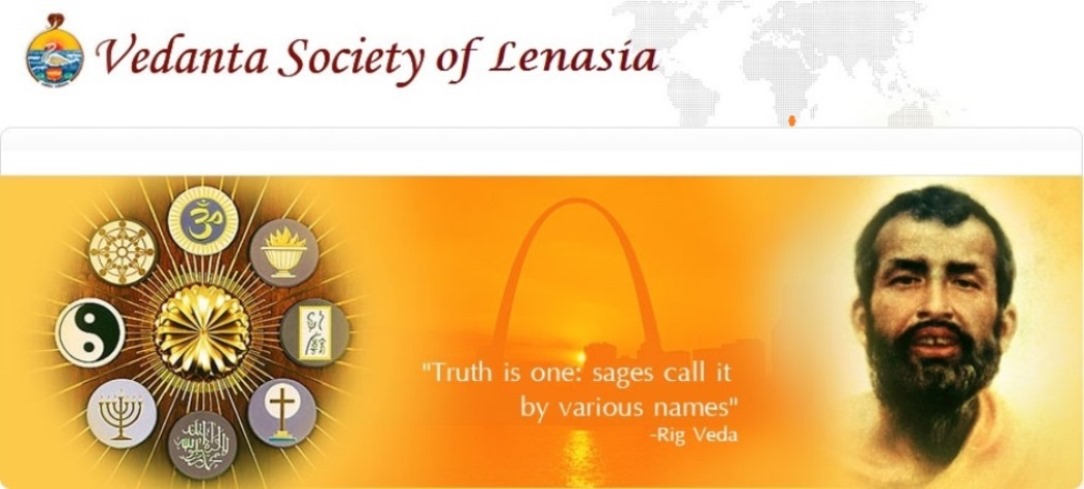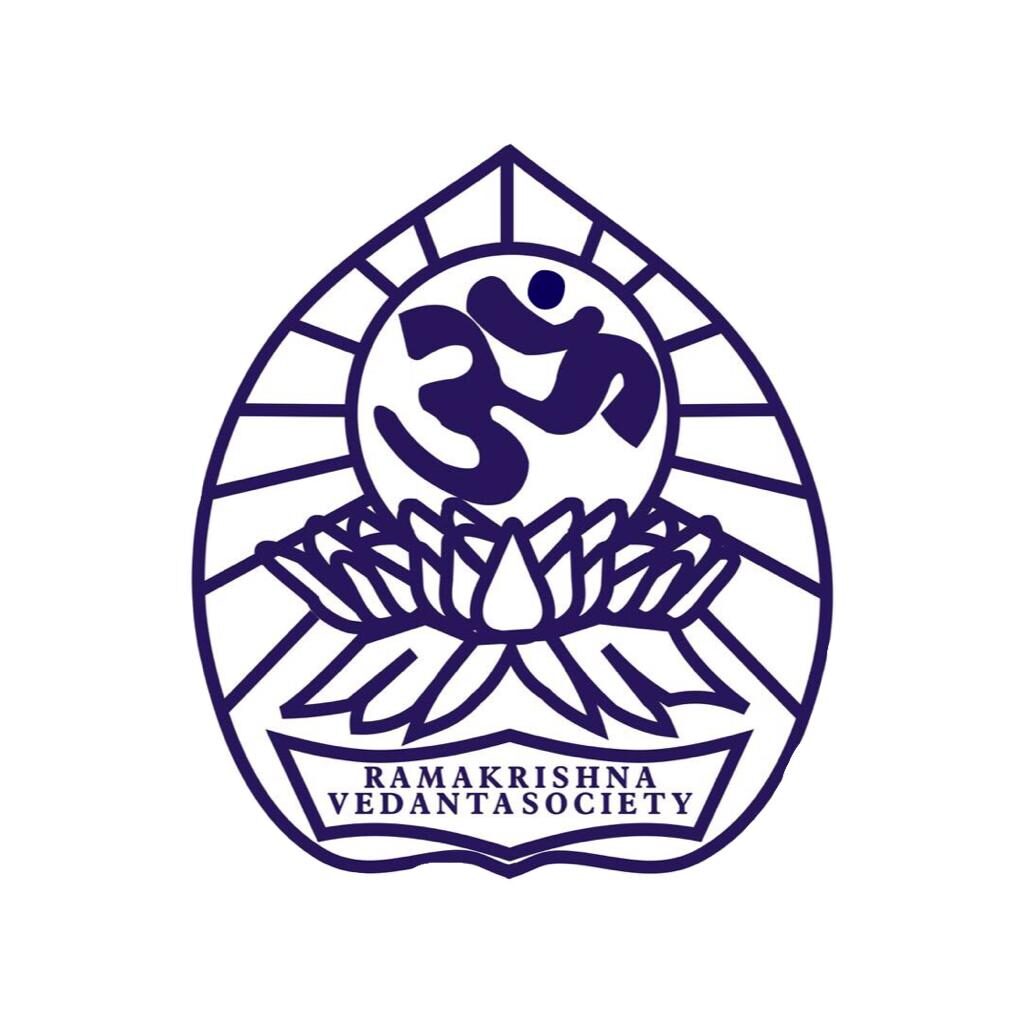What is Smartism? Who is a Smartha?
 What is Smartism? Who is a Smartha?
What is Smartism? Who is a Smartha? Four Denominations of Hinduism – Version 1
Four Denominations of Hinduism – Version 1 Four Denominations of Hinduism – Version 2
Four Denominations of Hinduism – Version 2
What is Smartism? Who is a Smartha?
Smartism is a sect of Hinduism that allows its followers to worship more than one god, unlike in sects like Shaivism and Vaishnavism, in which only Shiva and Vishnu are worshipped, respectively. Smartas, followers of Smartism, may actually worship one or more of the five main Hindu gods – Vishnu, Shiva, Ganesha, Surya and Shakti – as they are all considered equal. This practice is called panchayatana puja in Sanskrit. Smartism was founded by the Hindu spiritual guru, Adi Shankaracharya. The idea behind the founding of Smartism was to do away with certain practices in Hinduism, such as animal sacrifice; and also because Adi Shankaracharya believed in the concept of Advaita Vedanta, in which Brahman is the fundamental and highest reality above all gods.
Smartism follows the Vedas, the sacred Hindu texts, and abides by orthodox Hindu philosophy. The sect recognizes God as both Saguna and Nirguna. God as Saguna is a representation of infinite nature and traits such as love, compassion and justice. God as Nirguna symbolizes pure consciousness, or Brahman, the creative principle and key concept of the Vedas.
Smarta Hindus view the different manifestations of God as equivalent. They accept all major Hindu gods and are commonly known as liberal or non sectarian.
The Smarta tradition that developed and expanded with the Puranas genre of literature. This Puranic religion is notable for the domestic worship of five shrines with five deities, all treated as equal – Vishnu, Shiva, Ganesha, Surya and Devi (Shakti).
The Smarta tradition contrasted with the older Shrauta tradition, which was based on elaborate rituals and rites. There has been considerable overlap in the ideas and practices of the Smarta tradition with other significant historic movements within Hinduism, namely Shaivism, Vaishnavism, and Shaktism.
Smarta is an adjective derived from Smriti The Smriti are a specific body of Hindu texts usually attributed to an author, traditionally written down but constantly revised, in contrast to Śrutis (the Vedic literature) considered authorless, that were transmitted verbally across the generations and fixed.
A. History
The revived Smarta Tradition attempted to integrate varied and conflicting devotional practices, with its ideas of nondual experience of Atman (self, soul) as Brahman. The rapprochement included the practice of pancayatana-puja (five shrine worship), wherein a Hindu could focus on any saguna deity of choice (istadevata) such as Vishnu, Shiva, Durga, Surya or Ganesha, as an interim step towards realizing the nirguna Brahman. The growth of this Smarta Tradition began in the Gupta period (4th-5th century CE), and likely was dominated by Dvija classes, in particular the Brahmins, of the early medieval Indian society, The Smarta Tradition competed with other major traditions of Hinduism such as Shaivism, Vaishnavism, and Shaktism. The ideas of Smarta Tradition were historically influential, creative with concepts such as of Harihara (half Shiva, half Vishnu deity) and Ardhanarishvara (half woman, half man deity), and many of the major scholars of Shaivism, Vaishnavism, Shaktism and Bhakti movement came out of the Smarta Tradition.
B. Philosophy and Practices
Saguna and Nirguna Brahman
According to Smartism, supreme reality, Brahman, transcends all of the various forms of personal deity. The Smartas follow an orthodox Hindu philosophy, which means they accept the Vedas, and the ontological concepts of Atman and Brahman therein.The Smarta Tradition accepts two concepts of Brahman, which are the saguna Brahman – the Brahman with attributes, and nirguna Brahman – the Brahman without attributes. The nirguna Brahman is the unchanging Reality, however, the saguna Brahman is posited as a means to realizing this nirguna Brahman.
The concept of the saguna Brahman is considered in this tradition to be a useful symbolism and means for those who are still on their spiritual journey, but the saguna concept is abandoned by the fully enlightened once he or she realizes the identity of their own soul with that of the nirguna Brahman. A Smarta may choose any saguna deity (istadevata) such as Vishnu, Shiva, Durga, Surya, Ganesha or any other, and this is viewed in Smarta Tradition as an interim step towards realizing the nirguna Brahman and its equivalence to one’s own Atman.
Panchayatana Puja
The Smartas evolved a kind of worship which is known as Panchayatana puja. In this Puja, one or more of the five Hindu Deities (Surya, Shiva, Vishnu, Ganesha and Devi or Shakti) are the objects of veneration. The five symbols of the major Gods are placed on a round open metal dish called Panchayatana, the symbol of the deity preferred by the worshiper being in the center. A similar arrangement is also seen in the medieval temples, in which the central shrine housing the principal Deity is surrounded by four smaller shrines containing the figures of the other deities. Some of the Smartas of South India add a sixth god Kartikeya (Shanmata). According to Basham, “upper-class Hindus still prefer the way of the Smartas to Saiva and Vaisnava forms of worship.
Panchayatana puja (IAST Pañcāyatana pūjā) consists of the worship of five deities set in a quincunx pattern, the five deities being Shiva, Vishnu, Devi or Durga, Surya and an Ishta Devata such as Ganesha or Skanda or any personal god of devotee’s preference. Sometimes the Ishta Devata is the sixth deity in the mandala.
Panchayatana puja has been attributed to Adi Shankara, the 8th century CE Hindu philosopher. It is a practice that became popular in medieval India. However, archaeological evidence suggests that this practice long predates the birth of Adi Shankara. Many Panchayatana mandalas and temples have been uncovered that are from the Gupta Empire period, and one Panchayatana set from the village of Nand (about 24 kilometers from Ajmer) has been dated to belong to the Kushan Empire era (pre-300 CE). The Kushan period set includes Shiva, Vishnu, Surya, Brahma and one deity whose identity is unclear. According to historians, major Hindu temples from 1st millennium CE embed the pancayatana architecture very commonly, from Odisha to Karnataka to Kashmir; and the temples containing fusion deities such as Harihara (half Shiva, half Vishnu) are set in Panchayatana worship style.
Philosophically, the Smarta tradition emphasizes that all idols (murtis) are icons of Saguna Brahman, a means to realizing the abstract Ultimate Reality called nirguna Brahman. The five or six icons are seen by Smartas as multiple representations of the one Saguna Brahman (i.e., a personal God with form), rather than as distinct beings. The ultimate goal in this practice is to transition past the use of icons, then follow a philosophical and meditative path to understanding the oneness of Atman (soul, self) and Brahman – as “That art Thou”.
Depending on the tradition followed by Smarta households, one of these deities is kept in the center and the other four corners of a square surrounding it. Either an iconic idol(s) or aniconic representation(s) or a combination for each deity is used. The five may be represented as simply as five kinds of stones called a Pancayatana puja set, or just five marks drawn on the floor. Panchayatana puja has predominantly been a tradition within Hinduism. However, the Udasis – a tradition that reveres the Guru Granth Sahib of Sikhism, also worship the five panchayatana deities.
Download eBook on contents above:  What is Smartism? Who is a Smartha?
What is Smartism? Who is a Smartha?
 Four Denominations of Hinduism – Version 1
Four Denominations of Hinduism – Version 1
 Four Denominations of Hinduism – Version 2
Four Denominations of Hinduism – Version 2
Recent Uploads:
 View Complete list of Most Recent Uploads
View Complete list of Most Recent Uploads
Download Lecture Series by Swami Vivekananda (1897) all in one compressed Zip File ![]()
![]()
Download Vivekananda Lectures in one Zip File
Video clips on Ramakrishna and Swami Vivekananda
Ramakrishna Aratrikam (Vesper Service of Ramakrishna Order)

Download eBooks [courtesy of Ramakrishna Belur Math]
Ramakrishna – Belur Math Videos
Video clips on Hinduism History – Courtesy of Himalayan Academy
Videos on Hinduism
Some more video’s on Hinduism
Popular Video Clips and Downloads
Featured Book:  Who Am I? (Nan Yar?) – The Teachings of Sri Ramana Maharshi (28 questions)
Who Am I? (Nan Yar?) – The Teachings of Sri Ramana Maharshi (28 questions)
 *** Watch Video Clip – Bhagavad Gita in a Minute
*** Watch Video Clip – Bhagavad Gita in a Minute
 *** Featured Site: Hinduism Outlook
*** Featured Site: Hinduism Outlook
 *** Featured Site: Shri Uttaradi Math
*** Featured Site: Shri Uttaradi Math
 Download Gujarati Calendar/Panchang 2021
Download Gujarati Calendar/Panchang 2021
 DrikPanchang.com
DrikPanchang.com
 Download Gujarati Festivals 2021
Download Gujarati Festivals 2021
 About Vedic Astrology
About Vedic Astrology
 *** Featured Site: GujaratOnline.com
*** Featured Site: GujaratOnline.com
 *** Featured Site: Access Indian College Theses and Dissertations
*** Featured Site: Access Indian College Theses and Dissertations
 Download Vedas in Pictures (shown graphically)
Download Vedas in Pictures (shown graphically)
Featured Site: IIT Kharagpur – National Digital Library for students for all subjects

 Hinduism – Oldest Religion
Hinduism – Oldest Religion Hinduism in a nutshell A Must Watch
Hinduism in a nutshell A Must Watch BBC Documentary* World Hinduism
BBC Documentary* World Hinduism World Religions: Hinduism
World Religions: Hinduism The History of Hindu India – Part 1
The History of Hindu India – Part 1 The History of Hindu India – Part 2
The History of Hindu India – Part 2 The History of Hindu India – Part 3
The History of Hindu India – Part 3 Heaven On Earth: Season 1 – Ep 3 “Hinduism”
Heaven On Earth: Season 1 – Ep 3 “Hinduism” 5,000 Years History of India documentary
5,000 Years History of India documentary Hinduism 101
Hinduism 101 Indus River Valley Civilization Explained
Indus River Valley Civilization Explained Meaning and need for a Guru
Meaning and need for a Guru What is the difference between Dharma And Religion?
What is the difference between Dharma And Religion?  Doctrines of Sanatan Dharma (part 1)
Doctrines of Sanatan Dharma (part 1) Meaning and origin of Sanatan Dharma (part 2)
Meaning and origin of Sanatan Dharma (part 2) Importance of Guru Mantra
Importance of Guru Mantra Meaning and Need of a Guru
Meaning and Need of a Guru Some salient features of a real Guru and fake Guru
Some salient features of a real Guru and fake Guru  Effect of being in the company of Saints
Effect of being in the company of Saints Chaturmas and it’s Importance
Chaturmas and it’s Importance What happens after death ?
What happens after death ? Why do our unsatiated ancestors trouble us ?
Why do our unsatiated ancestors trouble us ? Do our departed ancestors help us ?
Do our departed ancestors help us ? Spiritual remedies for ancestor’s problem
Spiritual remedies for ancestor’s problem Who is Deity Dattatrey ?
Who is Deity Dattatrey ?